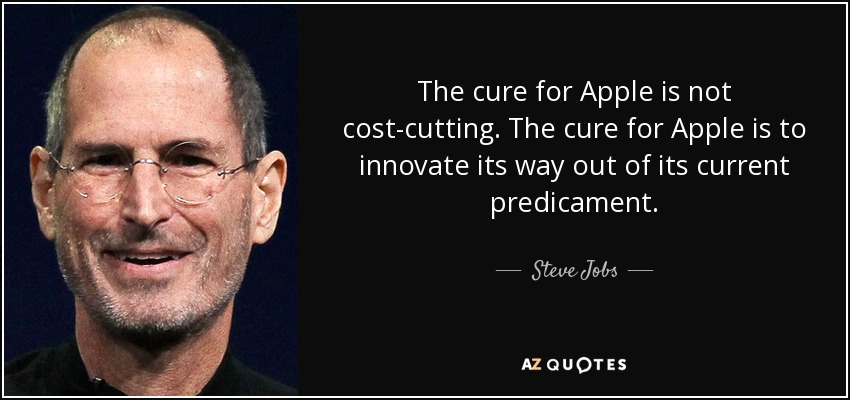No WSJ da passada sexta-feira surgiu um artigo com um título que não deixa margem para dúvidas:
“It’s proudly a ‘dupe’: Quince copies big brands for a lot less”.
A Quince tornou-se um fenómeno porque assumiu, sem qualquer ambiguidade, uma estratégia que muitos evitam nomear: copiar produtos de luxo e vendê-los a uma fracção do preço.
O modelo assenta num controlo quase total da cadeia de valor.
"We operate on thin margins, and the company sells 100% of what we produce."
O que permite à Quince operar com margens reduzidas, acelerar os ciclos de produção e manter uma agilidade difícil de replicar pelas marcas tradicionais. Verticalização, velocidade e controlo operacional formam a espinha dorsal do negócio.
A isto soma-se uma capacidade impressionante de lançar novos produtos. Todos os meses entram no site cerca de 200 itens novos, suportados por um algoritmo que analisa padrões de procura e críticas dos clientes:
"An algorithm processes all these data points. Quince tries to improve items based on customer reviews".
A inovação não está no design original, mas sim na rapidez, na variedade e na optimização contínua.
O sucesso da Quince coincide com um momento em que os consumidores estão a abandonar a lealdade às marcas.
"The price-conscious shopper is no longer loyal to brands… even the wealthy are trading down."
Durante décadas, o mercado premium viveu de um contrato psicológico: o consumidor pagava mais não apenas pelo produto, mas também pelo estatuto, pela exclusividade e pela narrativa da marca. Esse contrato está a desfazer-se. Hoje, mesmo quem tem meios pergunta: por que pagar 300 dólares por algo cuja versão praticamente igual custa 90? A estética do luxo foi democratizada; se a distinção desaparece, a disposição para pagar também desaparece.
Outro pilar a ruir é a antiga opacidade do sector. Durante anos, os consumidores não sabiam de onde vinham os produtos, quais margens havia ou quais materiais eram usados. Essa assimetria de informação evaporou-se. A Quince capitaliza isso ao mostrar materiais, explicar as margens e expor os custos. Quando o mercado perde opacidade, o “luxo tradicional” perde aura.
A isto junta-se um factor legal relevante: a estética é fácil de copiar e está apenas parcialmente protegida. A Quince opera na zona cinzenta entre o design protegido (padrões, logótipos) e as funcionalidades não protegidas (cortes, formas, silhuetas). O artigo lembra que “copyright law protects patterns and logos, but not the functional aspects”. Se a estética pode ser replicada legalmente, o principal diferencial do luxo evapora-se.
No fundo, as marcas premium tornam-se vulneráveis quando a distinção desaparece, a tecnologia democratiza a aparência, o preço deixa de ser justificável, a informação deixa de ser assimétrica, os consumidores ficam mais racionais e os concorrentes conseguem operar com custos radicalmente inferiores. O modelo Quince funciona como um espelho: mostra o que acontece quando o “luxo” se acomoda, engorda e se torna mais dependente do marketing do que do valor real. Expõe, de forma quase cruel, o desfasamento entre o que muitas marcas premium cobram e aquilo que efectivamente entregam.
"Rust never sleeps" - assim que uma marca deixa de correr, começa a erosão. Depois virão culpar os clientes, os concorrentes, os chineses, os governos.

%2017.28.jpeg)
%2018.09.jpeg)


%2012.50.jpeg)
%2013.46.jpeg)
%2020.06.jpeg)
%2014.15.jpeg)









%2006.21.jpeg)












